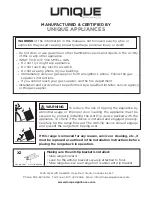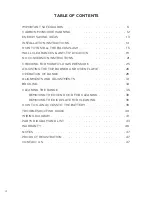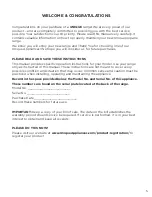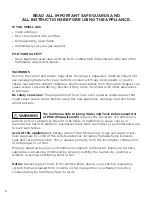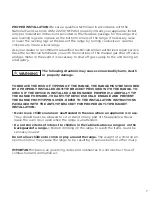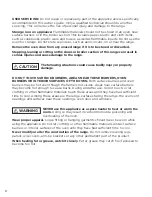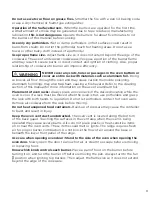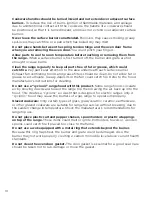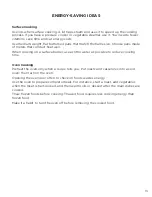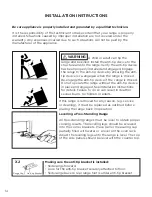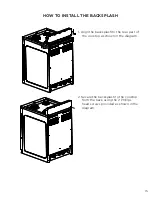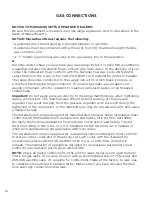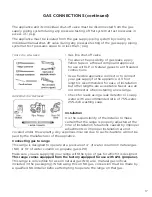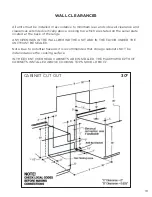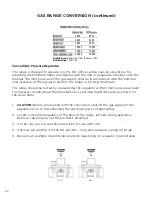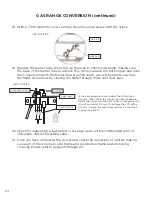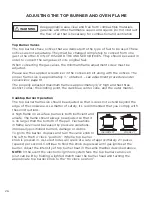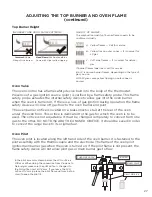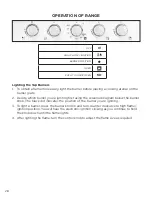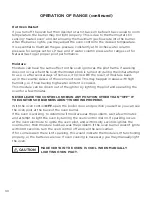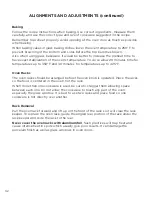
17
The appliance and its individual shut-off valve must be disconnected from the gas
supply piping system during any pressure testing of that system at test pressures in
excess of
1
/
2
psig.
The appliance must be isolated from the gas supply piping system by closing its
individual manual shut-off valve during any pressure testing of the gas supply piping
system at test pressures equal to or less than
1
/
2
psig.
GAS CONNECTIONS (continued)
TOOLS YOU WILL NEED
MATERIALS YOU MAY NEED
• Gas line shut-off valve
• To reduce the possibility of gas leaks, apply
Teflon tape or a thread compound approved
for use with LP or Natural gases to all threaded
connections.
• Use a flexible appliance connector to connect
your gas supply to the appliance. A 3 foot
length is recommended for ease of installation
but other lengths are acceptable. Never use an
old connector when installing a new range.
• Check for leaks using a leak detector or soapy
water with a recommended ratio of 75% water,
25% dish washing soap.
Installation
It is the responsibility of the installer to make
certain that the range is properly adjusted at the
time of installation. Situations caused by improper
adjustments or improper installation are not
covered under the warranty. Any expenses incurred due to such situations will not be
paid by the manufacturer of the appliance.
Connecting gas to range
This range is designed to operate at a pressure of 4” of water column on natural gas
(NG) or 10” of water column on propane gas (LPG).
Make sure you are supplying your range with the type of gas for which it is designed.
This range comes equipped from the factory equipped for use with LPG (propane).
This range is convertible for use on natural gas (NG) also, (natural gas orifices
included in the packaging). When using this on NG gas, conversion must be made by
a qualified NG installer before attempting to operate the range on that gas.

